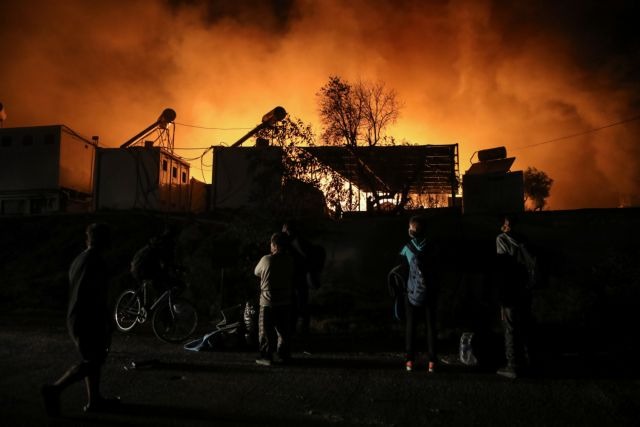Wildfires: the annual nightmare – Cyprus in EU’s top ten for fire damage
Source: in-cyprus.com
Cypriot society continues to grapple with the devastating wildfire in mountainous Limassol that claimed two lives and burned over 120 square kilometres of vegetation, destroying homes, properties and crops.
The destructive fires are not uniquely Cypriot but part of a growing European trend, with large, uncontrolled wildfires becoming increasingly frequent across the continent rather than rare tragedies.
Portugal recorded the largest burned area in the EU in 2024, with nearly 450 square kilometres of land destroyed, according to Euronews reporting. Fires initially broke out on Madeira island before spreading to mainland Portugal around mid-September.
Bulgaria and Spain followed Portugal, with flames consuming 310.9 square kilometres and 186.5 square kilometres respectively.
Cyprus ranks ninth in EU fire damage
Cyprus ranked ninth for wildfire damage in 2024 with 17 square kilometres burned, according to Euronews data. However, this year’s Limassol fire added another 120 square kilometres to the total. Greece recorded 140 square kilometres of burned area in 2024.
Human behaviour accounts for 95% of European wildfires directly or indirectly through negligence and arson, according to the European Environment Agency. However, climate change makes fires more frequent and intense.
Warmer and drier conditions, combined with more frequent droughts and heatwaves, create extremely flammable landscapes, particularly in southern and central Europe.
Economic and environmental impact
Between 2000 and 2024, wildfires burned an average of 3,770 square kilometres of EU land annually, representing 10% of forests and 21% of grasslands burned each year.
Fires cost the EU an estimated €2.5 billion annually due to destruction or serious damage to buildings and infrastructure including power transmission lines, water networks and transport routes. They can also deter tourists, affecting tourism-dependent local economies.
Only 1.2% of European fires result in 65% of total burned area. The likelihood of a fire becoming uncontrolled depends on vegetation type, ground fuel, topography and weather conditions including high temperature, low relative humidity and strong winds.
Prevention challenges
Portugal has experienced devastating fire seasons before, notably in 2017 when 117 people died and 902.6 square kilometres burned. From the start of this year to 15 July, the burned area was already triple that of the same period last year, according to Portugal’s National Institute for Nature Conservation and Forests.
A 2025 study concluded that firefighters who participated directly in Portugal’s extreme 2017 fire season revealed limited understanding of extreme fire behaviour and devoted minimal attention to prevention measures.
As temperatures rise due to climate change, the risk of European wildfires becoming more frequent, intense and long-lasting continues to increase.
The original article: belongs to in-cyprus.com .



